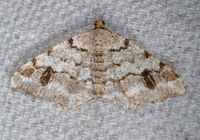
| Recorded by: Jim Petranka on 2025-09-10
Madison Co.
Comment: | 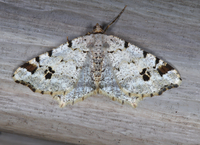
| Recorded by: Jim Petranka on 2025-06-11
Madison Co.
Comment: |
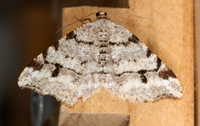
| Recorded by: Jim Petranka, Mark Basinger and Becky Elkin on 2025-05-18
Buncombe Co.
Comment: | 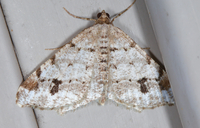
| Recorded by: Jim Petranka on 2025-05-06
Madison Co.
Comment: |
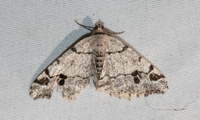
| Recorded by: Emily Stanley on 2025-04-29
Buncombe Co.
Comment: | 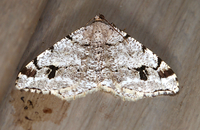
| Recorded by: Jim Petranka on 2025-04-23
Madison Co.
Comment: |
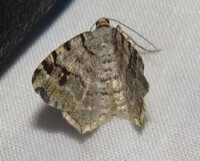
| Recorded by: B. Bockhahn on 2024-07-23
Macon Co.
Comment: | 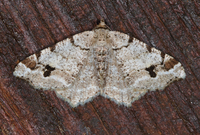
| Recorded by: Jim Petranka on 2024-06-13
Madison Co.
Comment: |
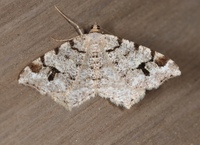
| Recorded by: Jim Petranka on 2024-05-20
Madison Co.
Comment: | 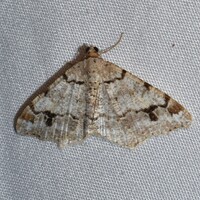
| Recorded by: Jeff Niznik on 2024-05-14
Madison Co.
Comment: |

| Recorded by: Jeff Niznik on 2024-05-13
Madison Co.
Comment: | 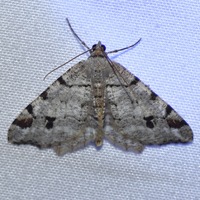
| Recorded by: Jeff Niznik on 2024-05-12
Madison Co.
Comment: |
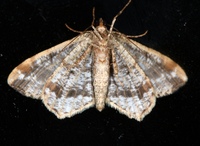
| Recorded by: Jim Petranka on 2024-05-11
Madison Co.
Comment: FWL = 14 mm. | 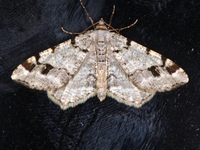
| Recorded by: Jim Petranka on 2024-05-11
Madison Co.
Comment: FWL = 14 mm. |
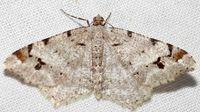
| Recorded by: tom ward on 2024-05-05
Buncombe Co.
Comment: | 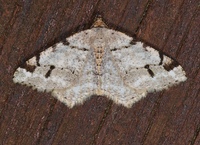
| Recorded by: Jim Petranka on 2024-04-29
Madison Co.
Comment: |
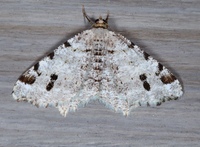
| Recorded by: Jim Petranka on 2024-04-25
Madison Co.
Comment: | 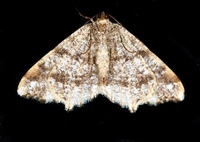
| Recorded by: Jim Petranka on 2024-04-25
Madison Co.
Comment: |
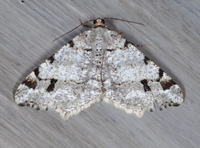
| Recorded by: Jim Petranka on 2024-04-24
Madison Co.
Comment: | 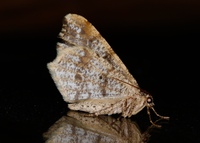
| Recorded by: Jim Petranka on 2024-04-24
Madison Co.
Comment: |
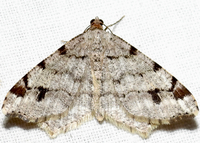
| Recorded by: tom ward on 2024-04-17
Buncombe Co.
Comment: | 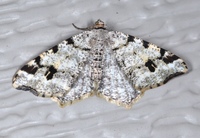
| Recorded by: Jim Petranka on 2024-04-15
Madison Co.
Comment: |
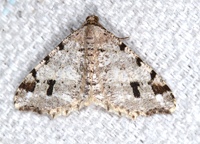
| Recorded by: Jim Petranka on 2024-04-14
Madison Co.
Comment: | 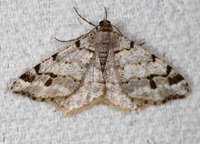
| Recorded by: Jim Petranka on 2024-04-01
Madison Co.
Comment: |
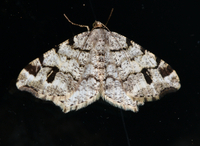
| Recorded by: Jim Petranka on 2024-03-30
Madison Co.
Comment: | 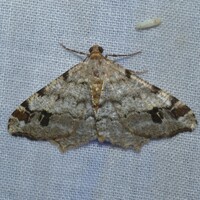
| Recorded by: David George, Stephen Dunn, Jeff Niznik, Rich Teper, Becky Watkins on 2023-07-29
Swain Co.
Comment: |
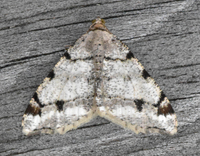
| Recorded by: Emily L Stanley on 2023-04-06
Yancey Co.
Comment: | 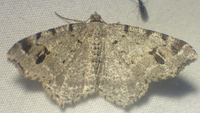
| Recorded by: tom ward on 2022-09-19
Buncombe Co.
Comment: |
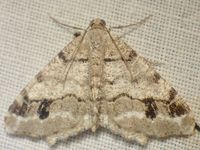
| Recorded by: tom ward on 2022-08-26
Buncombe Co.
Comment: | 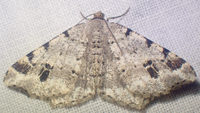
| Recorded by: tom ward on 2022-06-28
Buncombe Co.
Comment: |
|

 »
»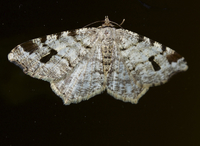
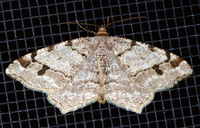



 »
»


